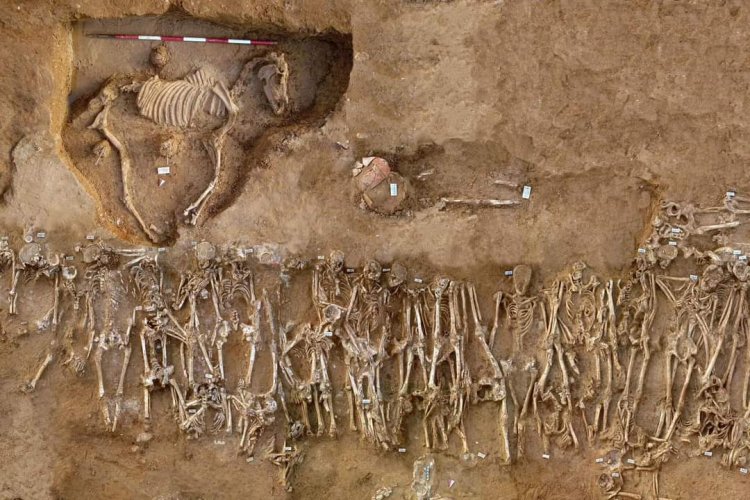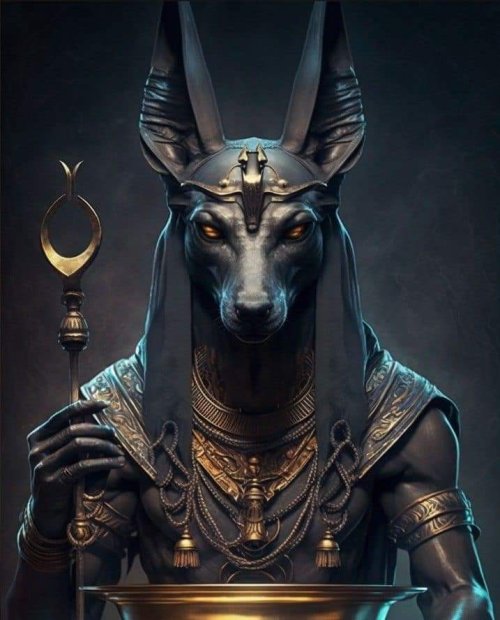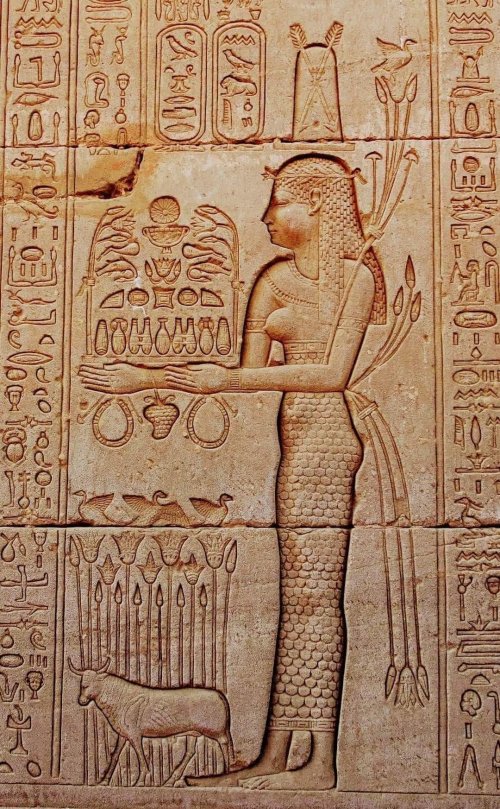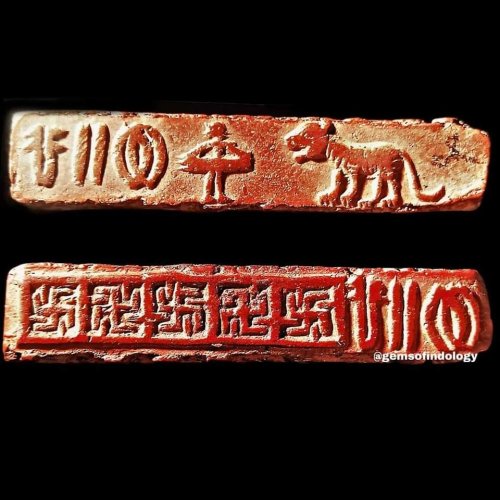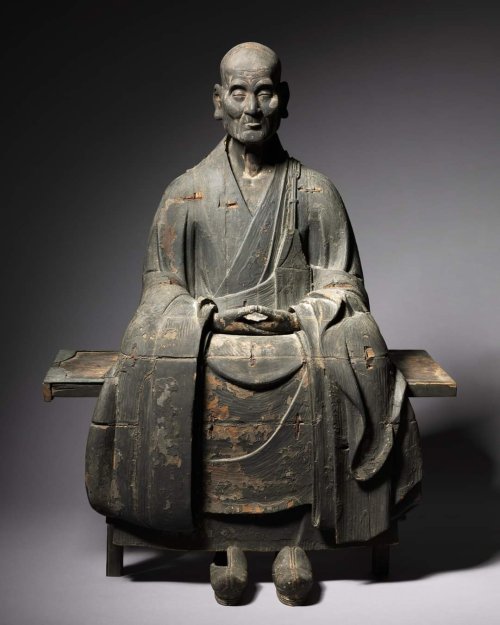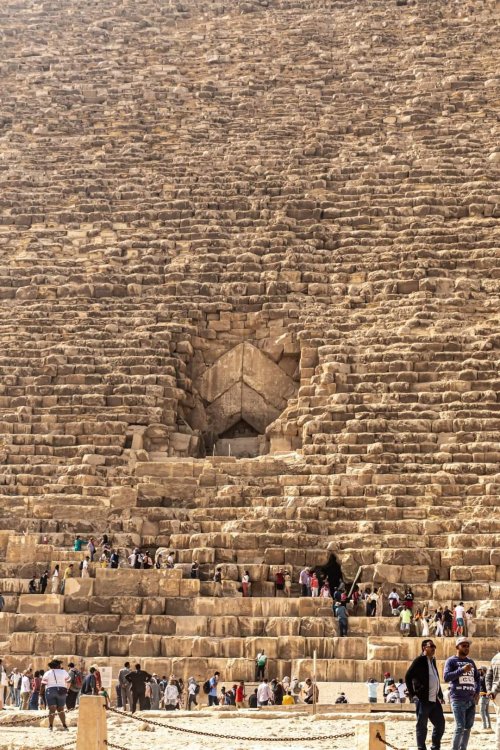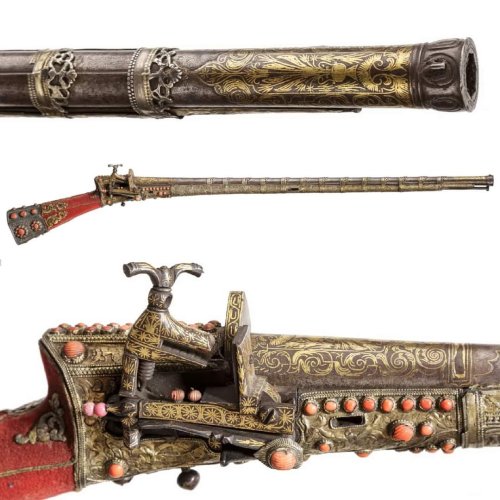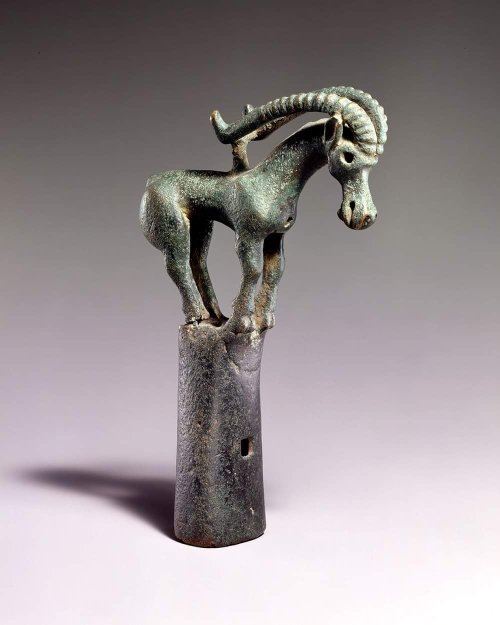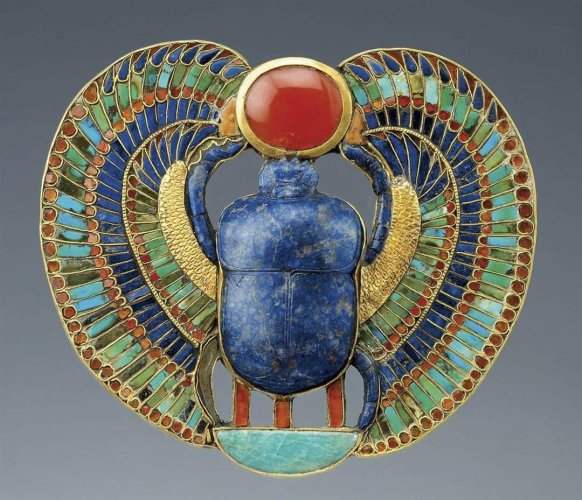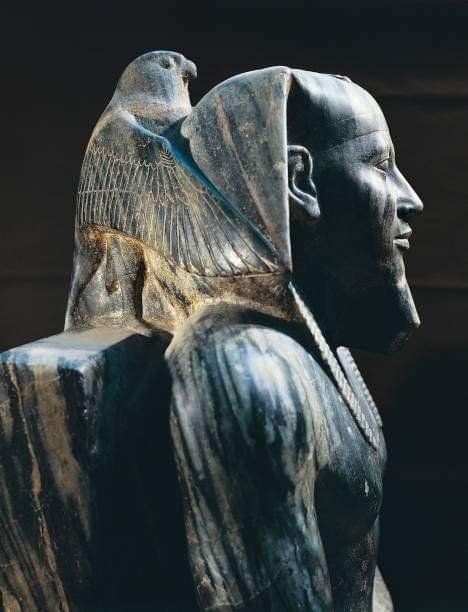You are using an out of date browser. It may not display this or other websites correctly.
You should upgrade or use an alternative browser.
You should upgrade or use an alternative browser.
Photos with Knowledge
- Thread starter Rizwan
- Start date
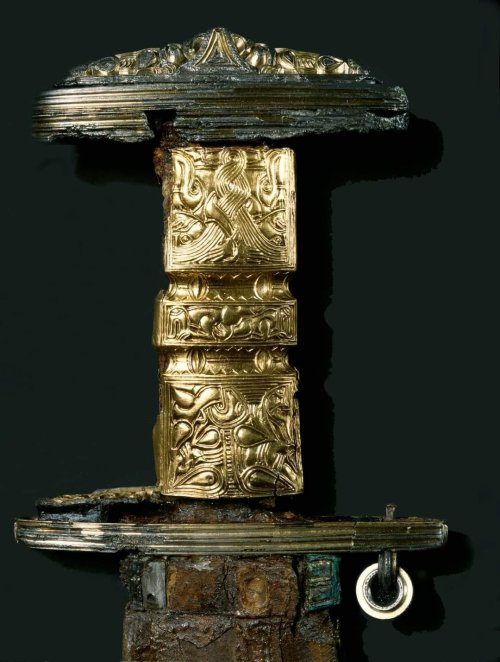
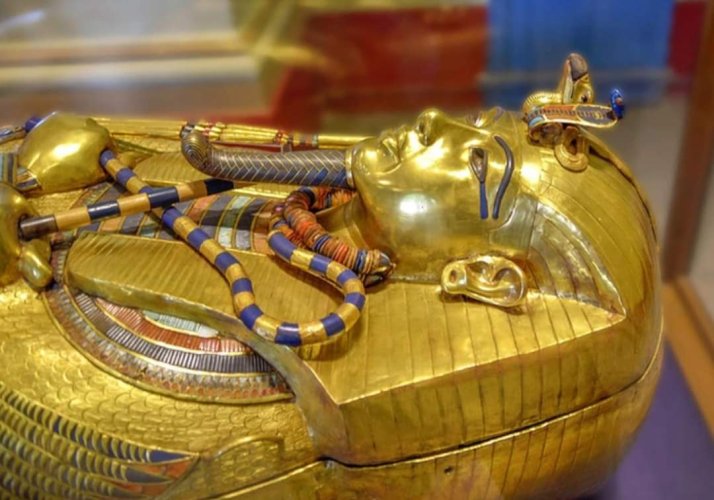
The golden mask (replica of the king's face) weighing 11kg is the part covering the embalmed body of the young king who died in 1323 BC at the age of 19, after ruling for 10 years.
The solid gold base sparkles with lapis lazuli, turquoise and other semi-precious stones. The chin is attached to a beard made of gold, and on the forehead are attached a vulture and a cobra, gods that together symbolize the unity of Lower and Upper Egypt.
The mask reappeared in the modern world in 1922, when British archaeologist Howard Carter discovered King Tut's nearly intact tomb in the Valley of the Kings, a royal burial site along following the Nile River in ancient Egypt.
Until now, many historians still have not found the reason why Pharaoh Tutankhamun died so early. The fact that tomb robbers dug up and 'discovered' many parts of King Tut's tomb made it difficult for researchers to recreate history thousands of years ago.

Bertha Benz (1849 – 1944)
Bertha Benz was the wife of engineer Karl Benz (of Mercedes-Benz fame) and she became his partner in business as well as in marriage. In 1886, Benz premiered the Benz-Patent Motorwagen, the world’s very first automobile. Two years later, Bertha Benz loaded her teenage sons into the Motorwagen and took a drive across their home country of Germany. This 66-mile drive was the first long-distance road trip ever.
Bertha’s aim had been to stir up publicity for the Motorwagen, and her plan worked. She was also able to troubleshoot some of the Motorwagen’s problems on her long ride. After her Motorwagen’s wooden brakes failed, she had them covered with the very first brake pads (which she called “break linings”) made of leather. Bertha Benz’s role as one of the most influential women in automotive history cannot be overstated.
In the thread below are the actual photos of her and the car. This one was not taken on the day she drove 66 miles.
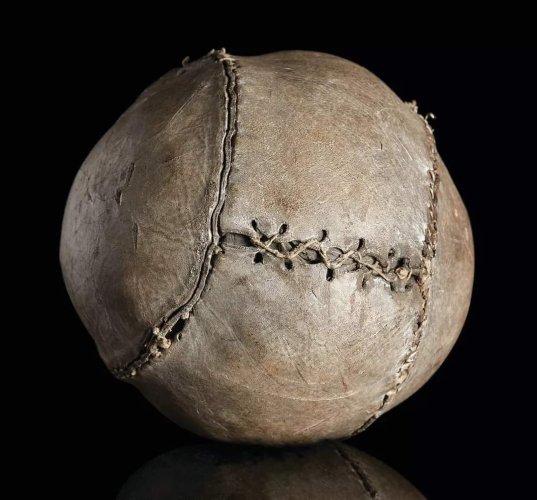
Worlds Oldest Football from Scotland, 1540s AD :
The ball, which dates back to the 1540s, is made out of a pig's bladder and is approximately half the size of a modern football. It was found during reconstructions works from Stirling Castle. The ball was likely used by soldiers and staff of the castle.
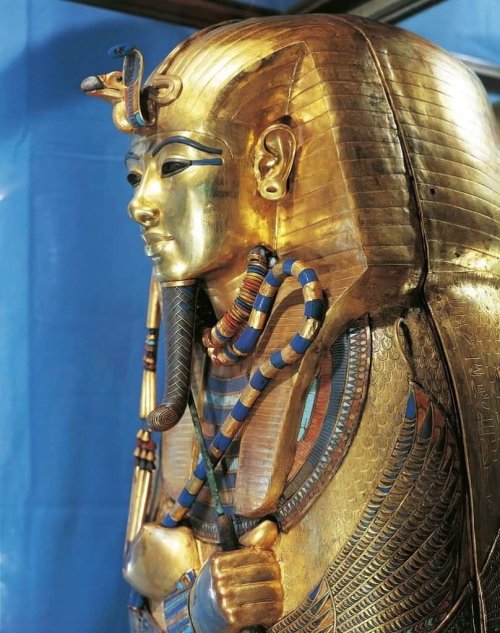
The Innermost Gold Coffin of Tutankhamun
This innermost coffin is mummy shaped and made of solid gold that weighs 110.4 kg. It was found wrapped in linen inside the middle coffin. Both are now on display at the Egyptian Museum Cairo. Inside it lay the king’s mummy whose head was covered with the iconic gold mask of the boy king.

Excessively Rare and Important Greek Silver Distater of Paphos (Cyprus), Struck Under the King Nikokles, One of Four Known, Circa 325-309 BC. Head of Aphrodite to left wearing an elaborate tiara composed of a mural crown with four towers enclosing a polos ornamented with palmettes and annulets, a disc earring with a triple pendant and a pearl necklace; behind her neck, Π-ΒΑ. Rev. ΝΙΚΟΚΛΕΟΥΣ / ΠΑΦΙΟΝ, depicts Apollo wearing a laurel wreath and nude but for a cloak over his shoulders, seated left on omphalos, holding an arrow in his right hand and a bow, the bottom of which rests on the ground, in his left; to left, laurel branch; to right, behind Apollo’s hand, Ο .
This is a spectacular coin of great beauty and historical significance. Nikokles was one of the most powerful of the late kings in Cyprus, but he, like all the others, was overthrown by Ptolemy I (Nikokles and his family all committed suicide)
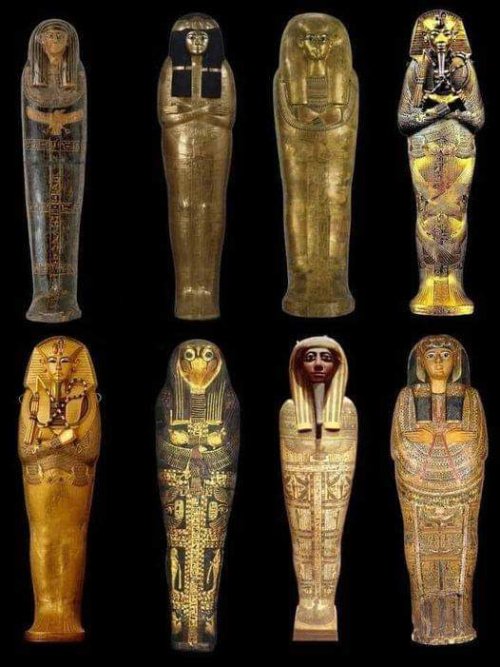
You will not find the most beautiful and wonderful coffins in the history of the Earth's civilizations like those that were thrown into the land of Egypt, revealing day after day and that tell amazing stories about scientific civilization. It is characterized by the details and bright colors that adorn these artistic arts that do not possess high creativity and skill.

